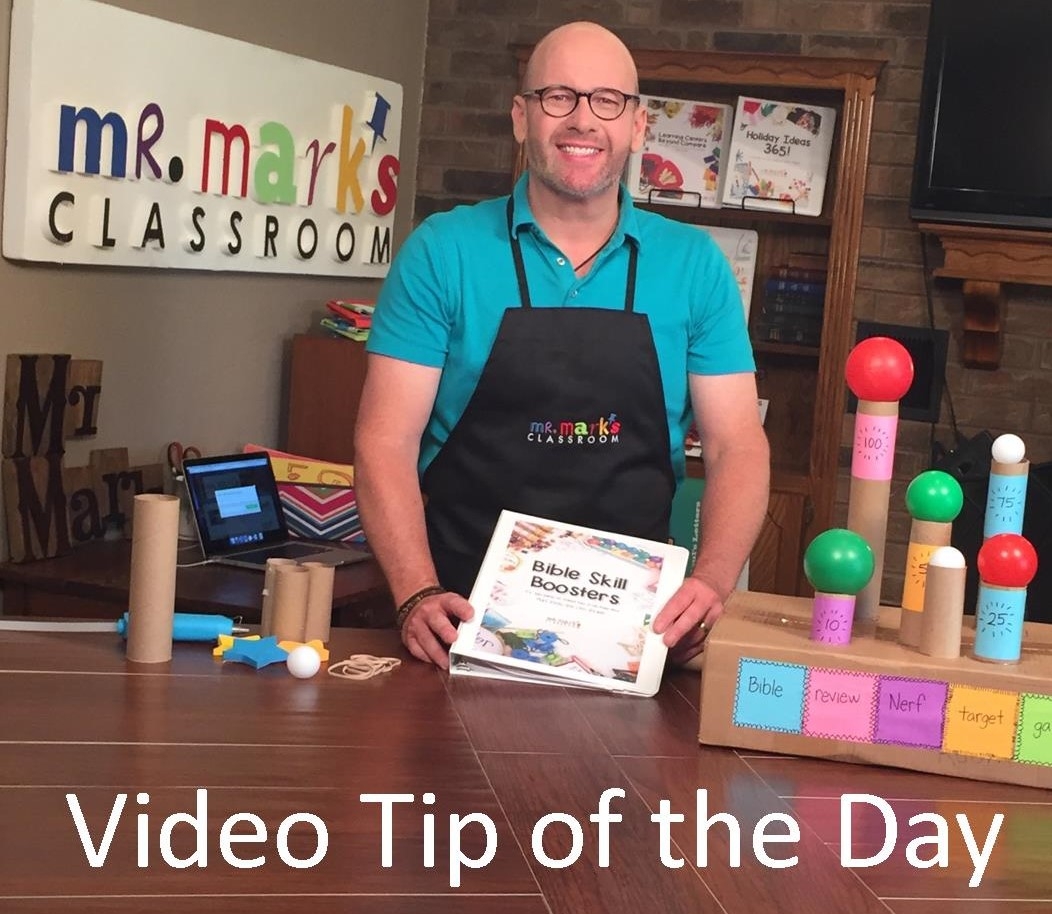On Wednesdays I have different group of children cycle through my class. I am often amazed how different they respond the same material being presented to each class. Some kids like to join the discussion while other groups will hardly talk. I listed some good ideas to consider when leading a discussion. I hope will be a good resource for you to look back and use when the occasion arises!
- Create groups by giving out Jaw Breakers-Red, Blue, Yellow, Turquoise
- Ask “open-ended” Questions (“Why do you think he did that?”) A discussion is not a quiz. Don’t play the “Guess What I’m Thinking” game?

- Remain neutral. Affirm everyone. Don’t agree/disagree with participants. Save your comments for later. Ask more questions, ”Is that how everyone feels?”
- Prepare key questions ahead of time. Add “flow questions” during the discussion to keep it moving and to go deeper.
- Begin with non-threatening (easy) questions, and move to deeper stuff after kids have opened up.
- Don’t be afraid of silence, give people time to think. It takes eight seconds to digest a question.
- Don’t force kids to talk.
- Use a variety of discussion techniques when helpful:
Circular Response (go around the circle)
Complete the sentence questions (“If I were Braxton, I would…”).
Create small groups or task groups
Written, short answer responses to a question, read back to the group.
- Brainstorming:
“Fishbowl” (two people in middle talk on topic; when someone wants to enter the conversation, tap on shoulder and exchange places).
Don’t be afraid of “heresy.” Don’t try to make everyone agree. Instead, encourage honesty.
Feel free to reflect (“You seem to feel strongly about…”). Summarize, contrast, and compare their responses.
Podcast: Subscribe in iTunes | Play in new window | Download | Embed
Subscribe: Apple Podcasts | RSS





